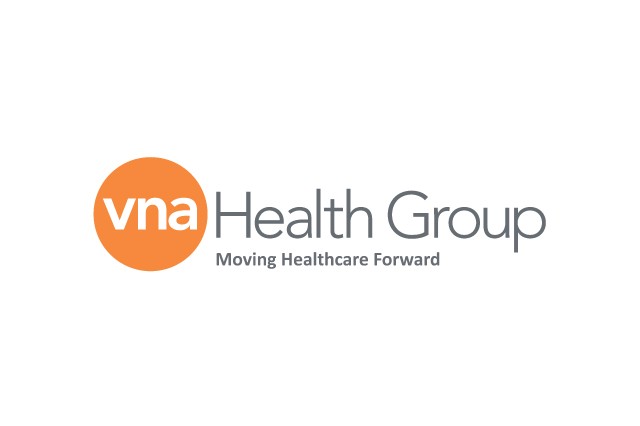National Cholesterol Education Month: The Dangers of High Cholesterol
During the month of September, we celebrate National Cholesterol Education Awareness Month. This is an important month because having good cholesterol matters for everyone. Sadly, heart disease is the number one killer for Americans – and high cholesterol is a key risk factor. By managing your cholesterol levels, you can reduce your risk for heart attack, stroke and peripheral artery disease.
In this post, we are going to discuss the dangers of having cholesterol. Be sure to have your cholesterol checked every 4-6 years (for healthy adults) or more often if you have heart disease, diabetes or a family history of high cholesterol. Talk to your doctor to establish a baseline today.
Hardening of the Arteries
When plaque builds up in the arteries, it causes them to get hard and narrow, restricting blood flow, oxygen and nutrients to the rest of the body. Anyone can have hardening of the arteries, but some people have a higher risk due to their lifestyle choices.
Heart Disease
Your body needs cholesterol to build healthy cells, but too much can raise the risk for heart disease. This happens because fatty deposits form in the blood vessels, blocking healthy blood flow. Without proper nutrients, the heart can go into cardiac arrest.
Stroke
Sometimes, fatty deposit blocks can break off and cause clotting in the body. If there’s an interruption in blood and nutrients, the person can suffer a heart attack or stroke. Strokes are medical emergencies because without prompt intervention, the brain can suffer permanent damage.
Peripheral Vascular Disease
When the blood vessels are narrowed or blocked, it’s also possible to develop peripheral vascular disease. Leg pain is usually the first symptom, especially when walking. This pain can spread to the buttocks as well.
High Blood Pressure
The link between high blood pressure and high cholesterol is clear: When the body can’t remove cholesterol from the bloodstream, it builds up in the artery walls. The arteries become stiff, the heart has to work harder to pump blood and blood pressure goes up. High blood pressure can also cause its own damage.
Diabetes
Having diabetes tends to lower ‘good’ cholesterol levels and raise ‘bad’ cholesterol levels. This increases your risk for having a heart attack or stroke. Because these problems go hand-in-hand, they can both be managed with healthy lifestyle choices.
Conclusion
Many people assume that high cholesterol comes from genetics, but it usually happens from a poor diet and lack of exercise. Talk to your doctor about the best steps to take, which typically involve eating healthy, exercising regularly and quitting smoking. If you still have high cholesterol, your doctor can prescribe medications.



